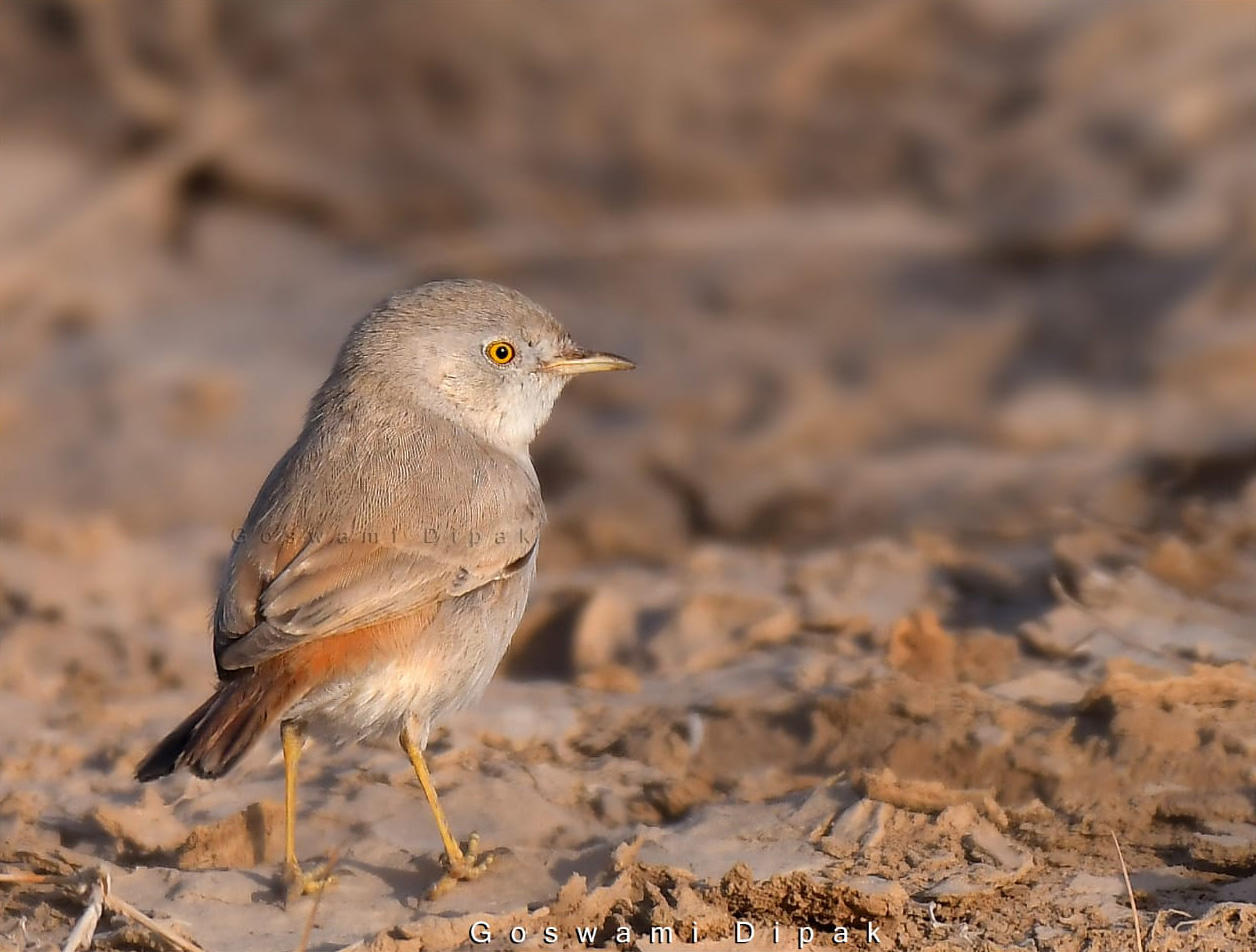The Desert National Park, in Jaisalmer is one of the most fascinating regions of the Thar Desert. Its unique ecosystem is home to different varieties of animal and bird species. With the vast stretches of the sandy desert welcoming adventure lovers, it is a delight to experience wildlife safaris at the park.
Birding in Desert National Park is one of the most popular activities. Ornithologists from India and abroad frequent the site to spot rare species of birds. With the help of experienced guides like Musa Khan, they can easily find out more about their behaviour, migratory patterns, differences in plumage and other distinguishing factors that make each bird unique in its own way.
The region has migratory as well as resident birds living in the area. The critically endangered Great Indian Bustard also lives here and there’s a great chance to spot these birds at the park. During the winter season, the Mcqueen’s Bustard also migrates to the Desert National Park and if you want to see these rare bird species you need to be at the park at the right time.
You can either choose a jeep safari or a camel ride to spot birds at the park. The vehicles registered with the forest department are allowed inside the Desert National Park and therefore, you have to make your bookings well in advance. During peak season, between October and March, the region becomes a buzzing hotspot for birds such as the Barbary Falcon, Himalayan Vulture, Pallid Harrier, Steppe Eagle, Eastern Imperial Eagle, Northern Raven, Asian Desert Warbler and different varieties of Larks.
While birdwatchers can spot a diverse variety of bird species at the Desert National Park, there are some which are rare and cannot be spotted anywhere else. If you get in touch with Musa Khan before your trip, he can keep you updated about sightings in various regions.
Here are some of the most popular birds found at the Desert National Park:
Categorised among critically endangered species, it is one of the heaviest flying birds. It is found in the dry desert region of India and is also common in eastern Pakistan.
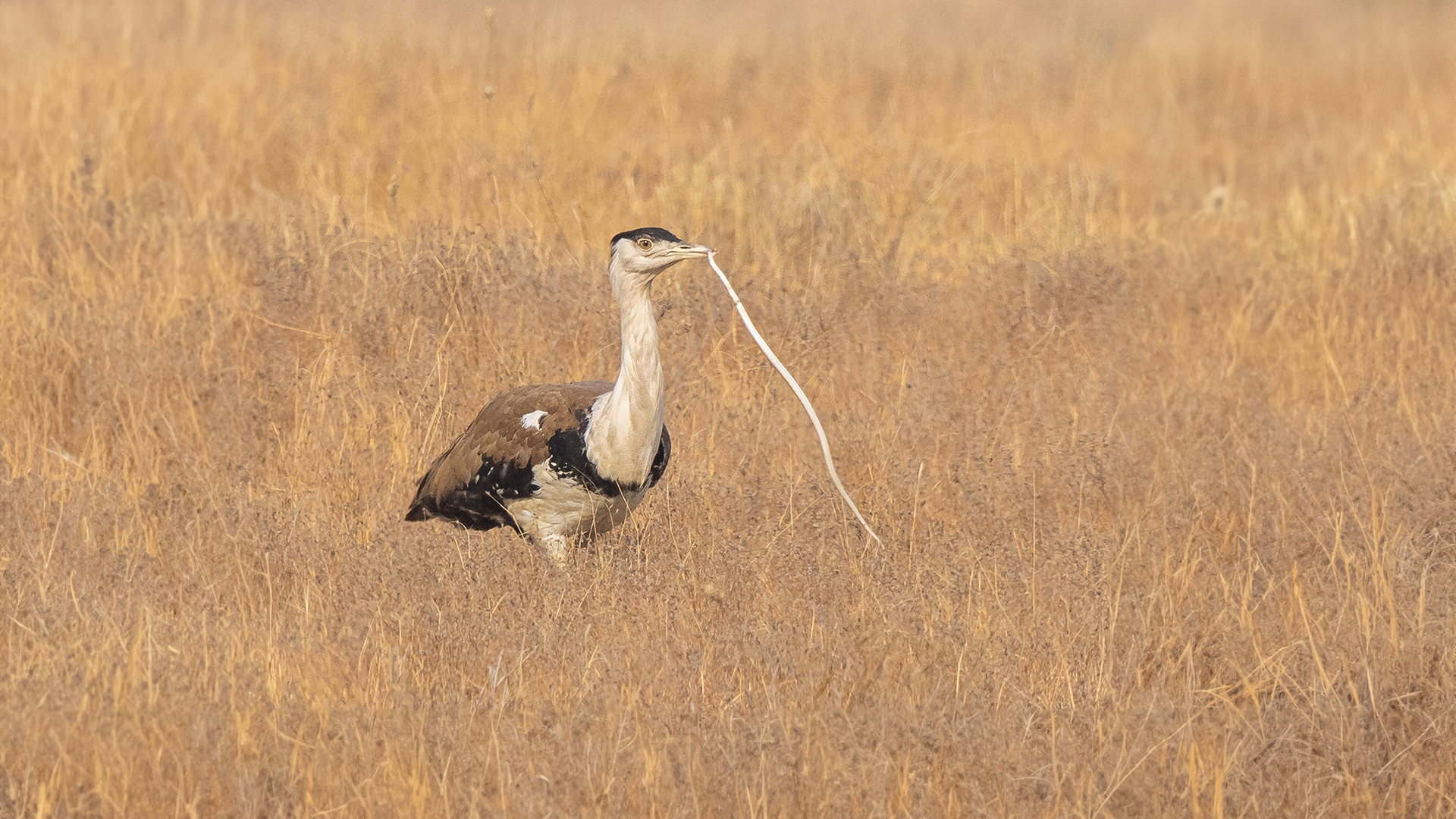
The merlin is a small species of falcon from the Northern Hemisphere, with numerous subspecies throughout North America and Eurasia
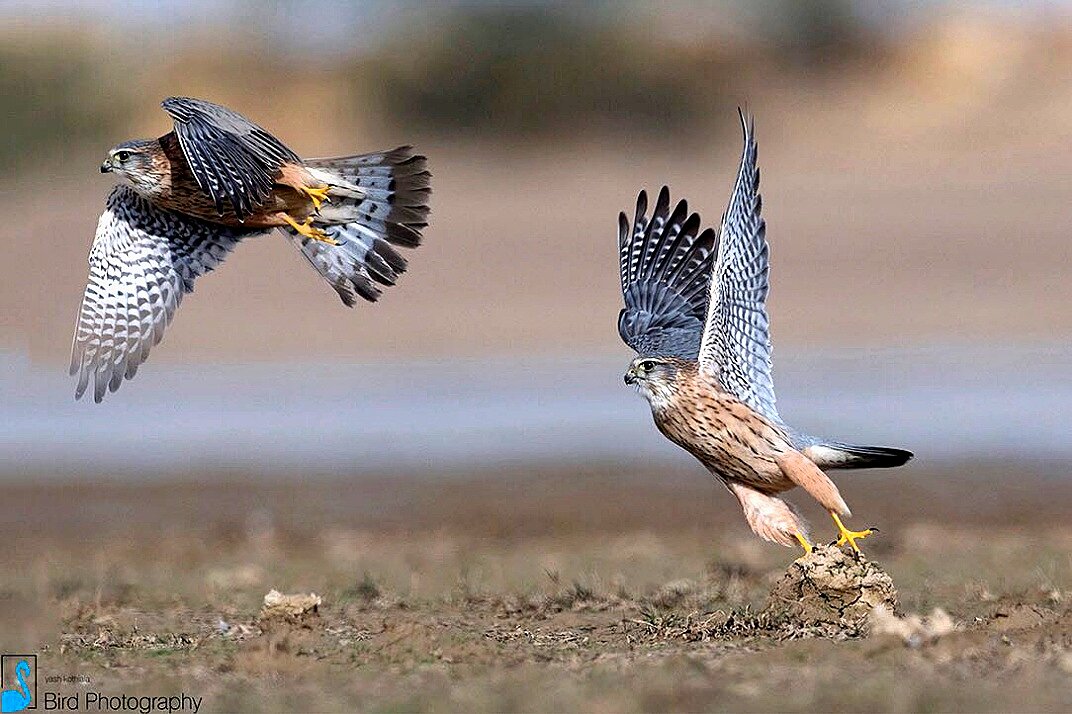
The cream-colored courser is a wader in the pratincole and courser family, Glareolidae. Both parts of the scientific name derive from Latin cursor, "runner", from currere, "to run" which describes their
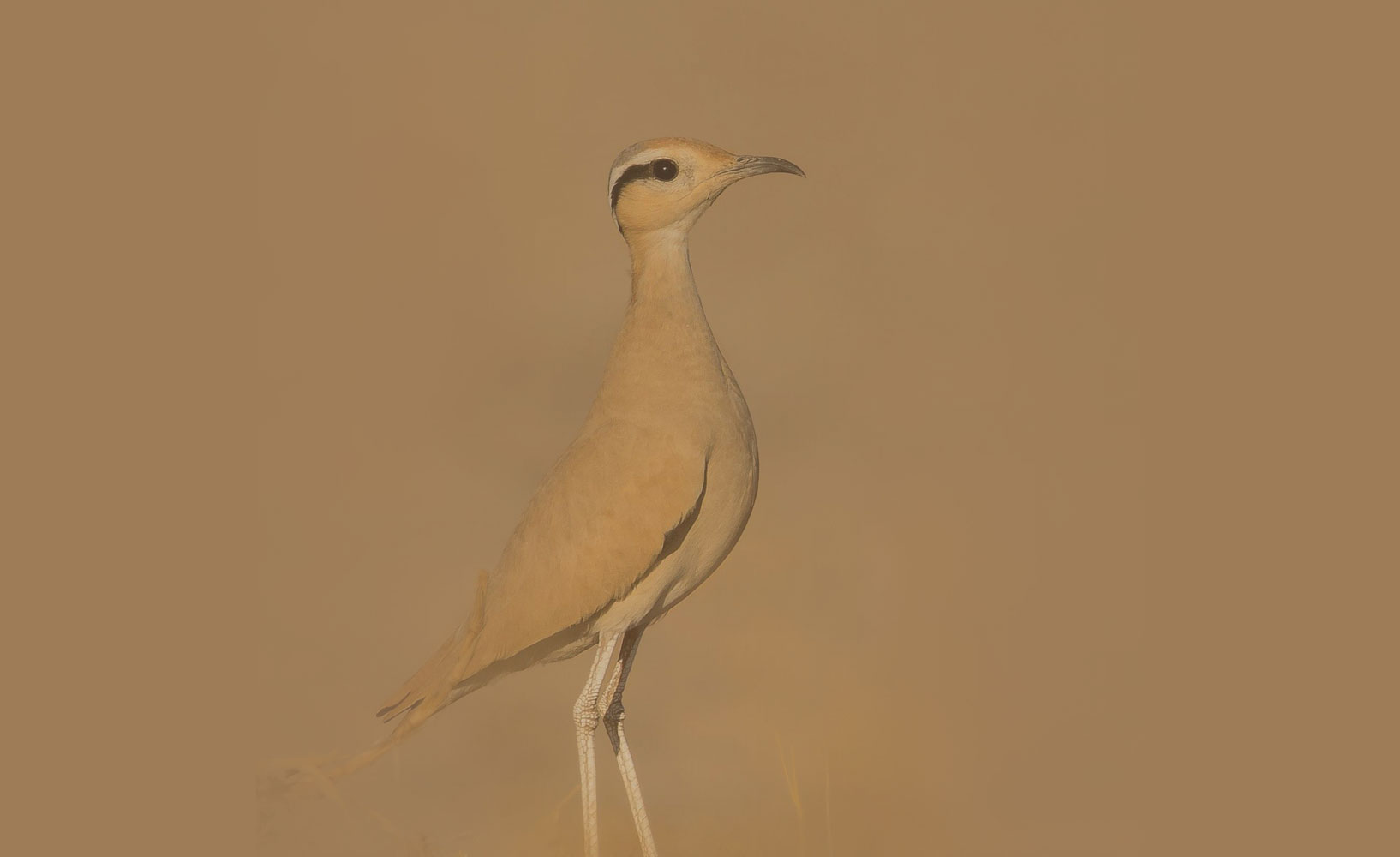
Finsch's wheatear is a wheatear, a small insectivorous passerine that was formerly classed as a member of the thrush family, Turdidae, but is now more generally considered to be an Old World flycatcher of the family Muscicapidae
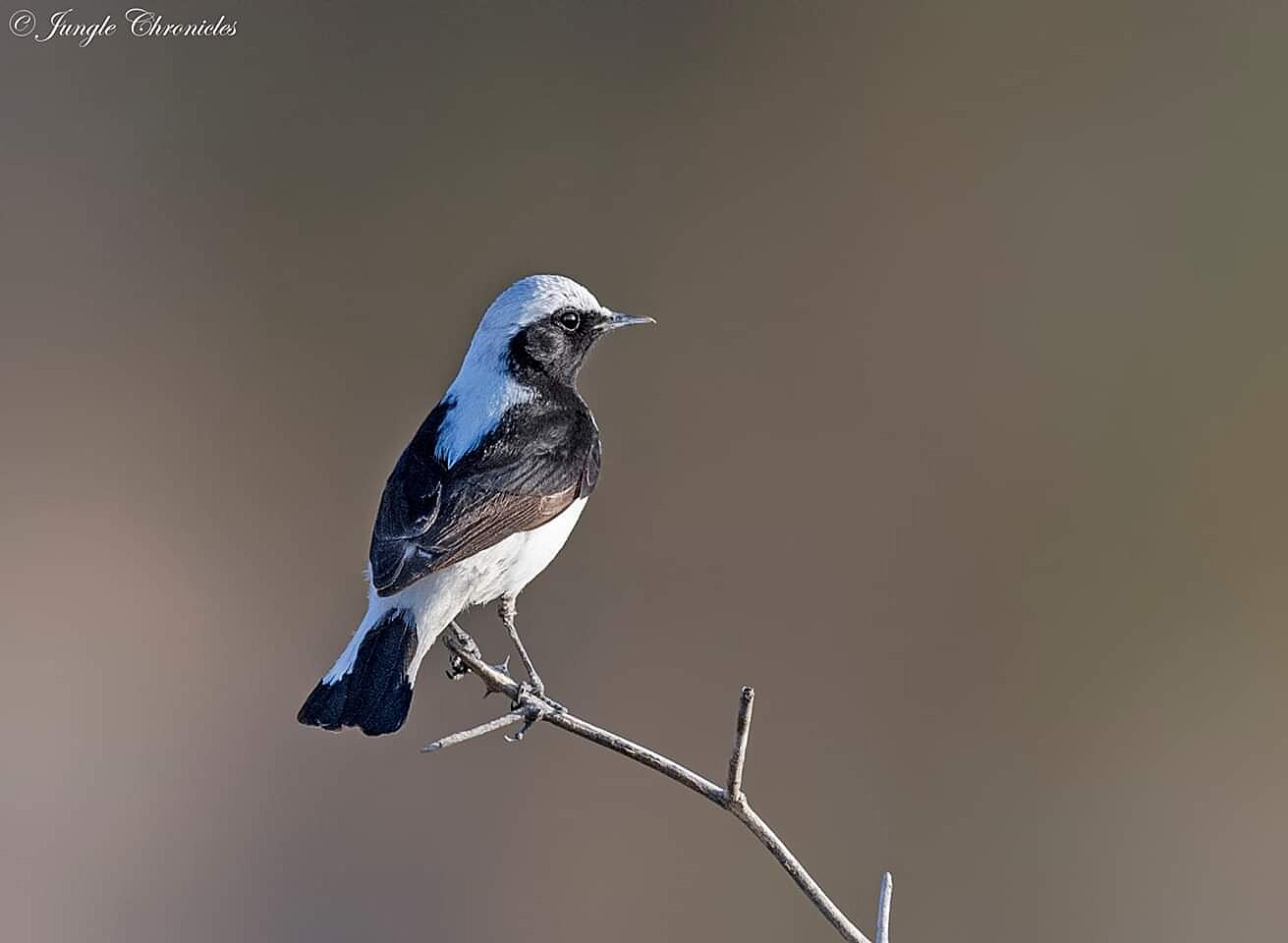
The red-tailed wheatear, also known as the rusty-tailed wheatear, Persian wheatear or Afghan wheatear, is a small passerine bird breeding in mountainous areas of south-west and central Asia.
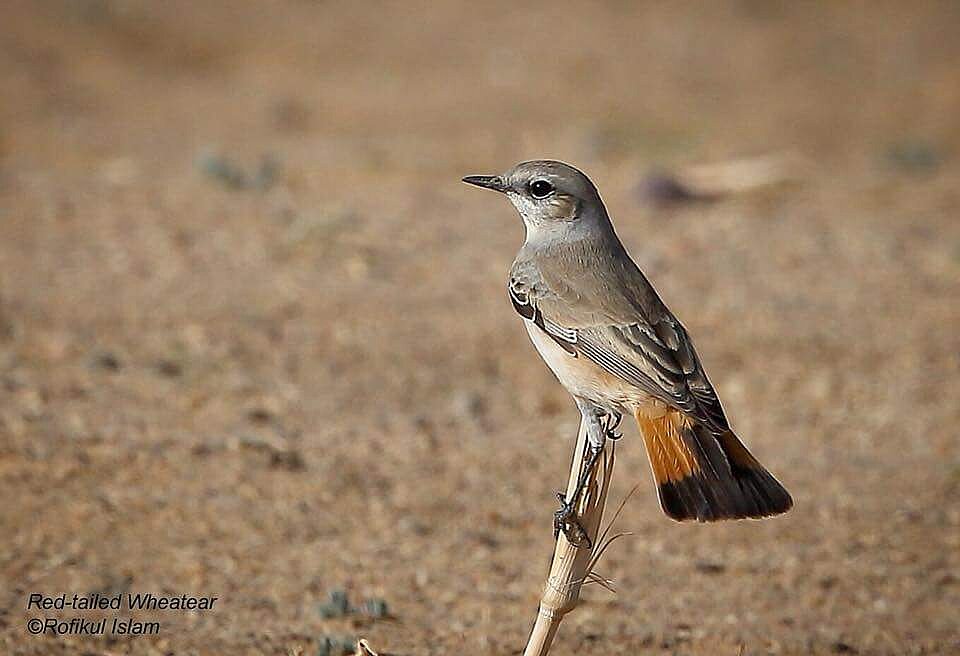
The bimaculated lark breeds in warm temperate countries eastwards from Turkey into Central Asia. It is the eastern counterpart of its relative, the calandra lark.
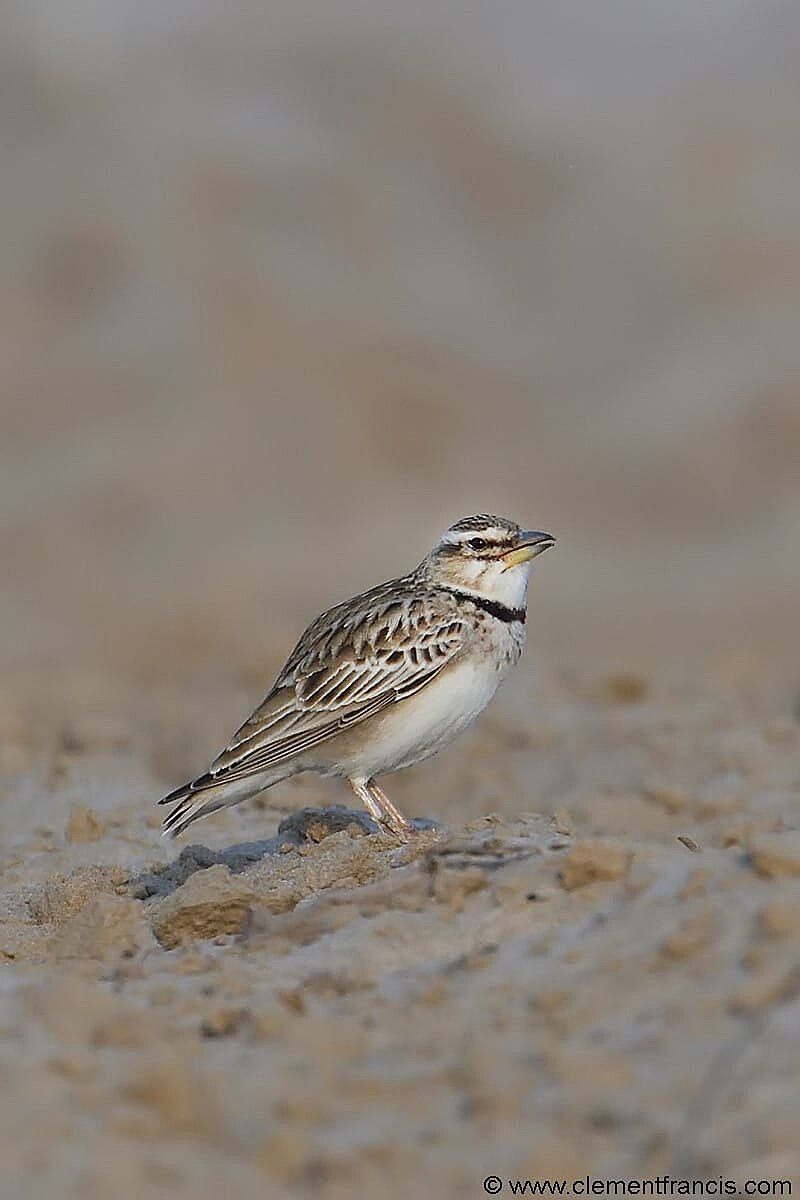
The houbara bustard, also known as African houbara, is a relatively small bustard native to North Africa, where it lives in arid habitats. The global population is listed as Vulnerable on the IUCN Red List since 2014.
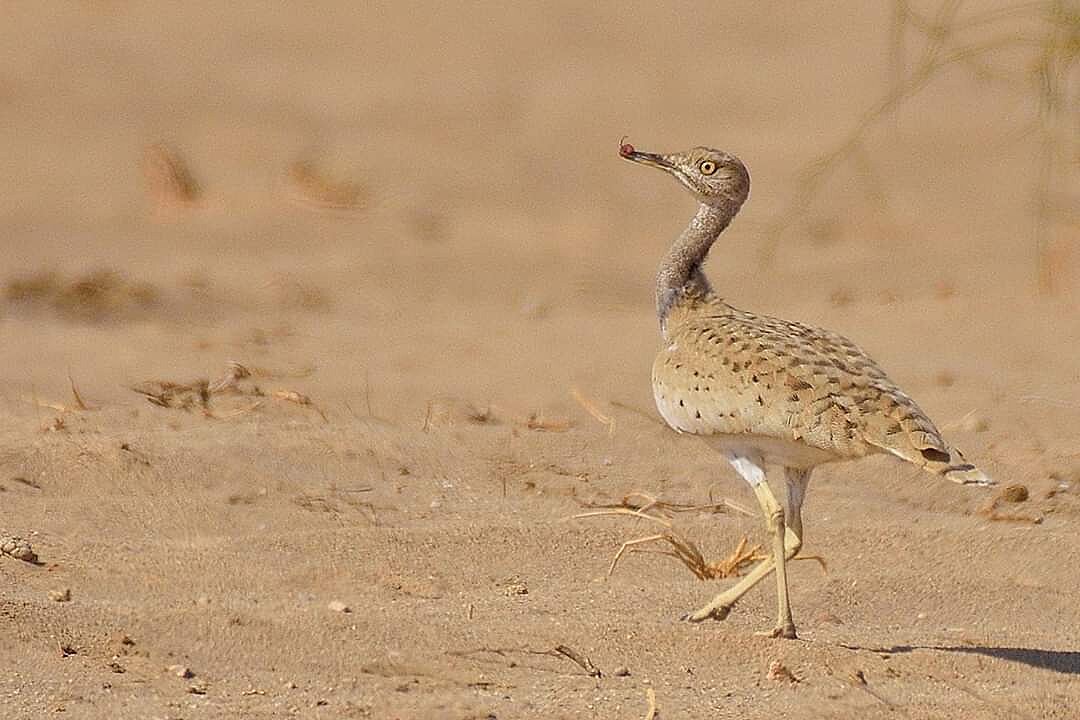
The desert lark breeds in deserts and semi-deserts from Morocco to western India. It has a very wide distribution and faces no obvious threats, and surveys have shown that it is slowly increasing in numbers as it expands its range.
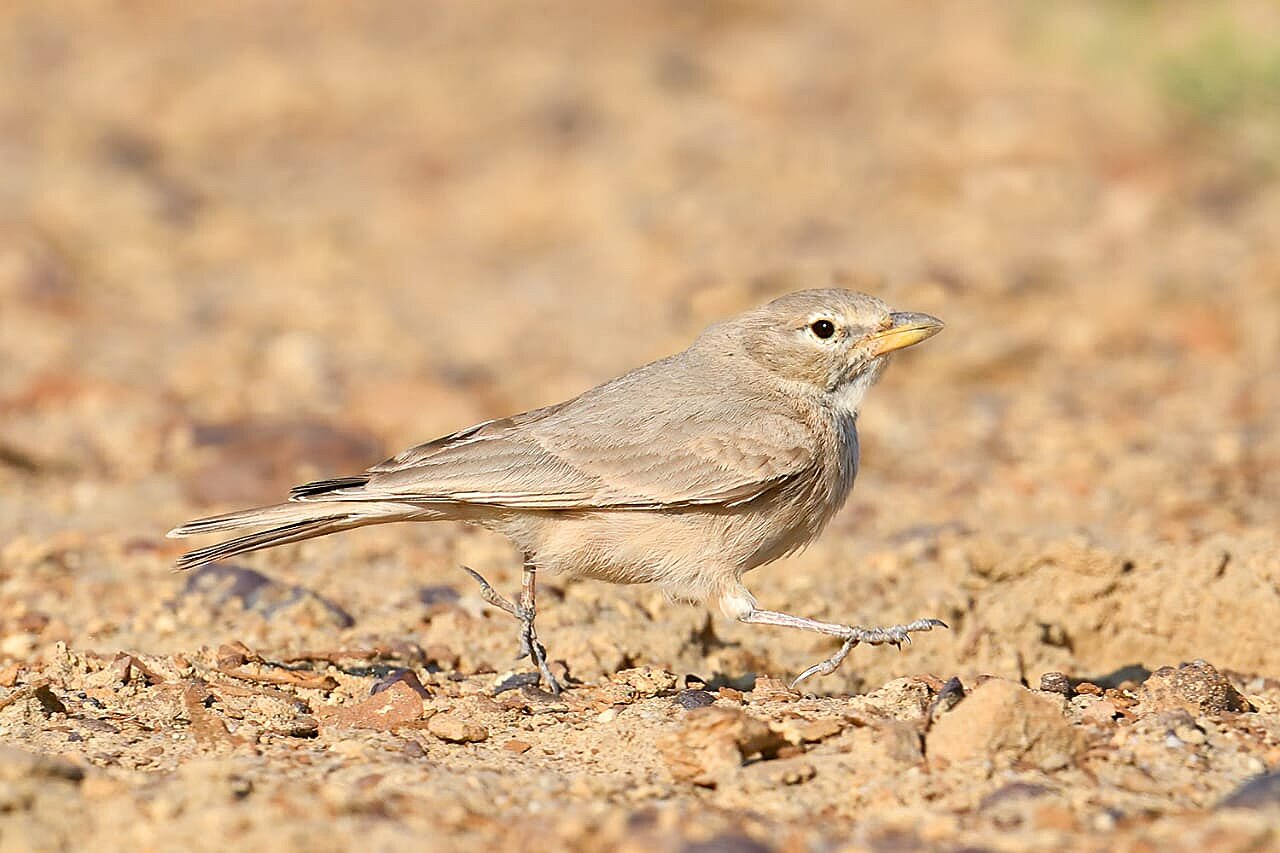
The greater hoopoe-lark is a passerine bird which is a breeding resident of arid, desert and semi-desert regions from the Cape Verde Islands across much of northern Africa, through the Arabian peninsula, Syria, Afghanistan, Pakistan and India.
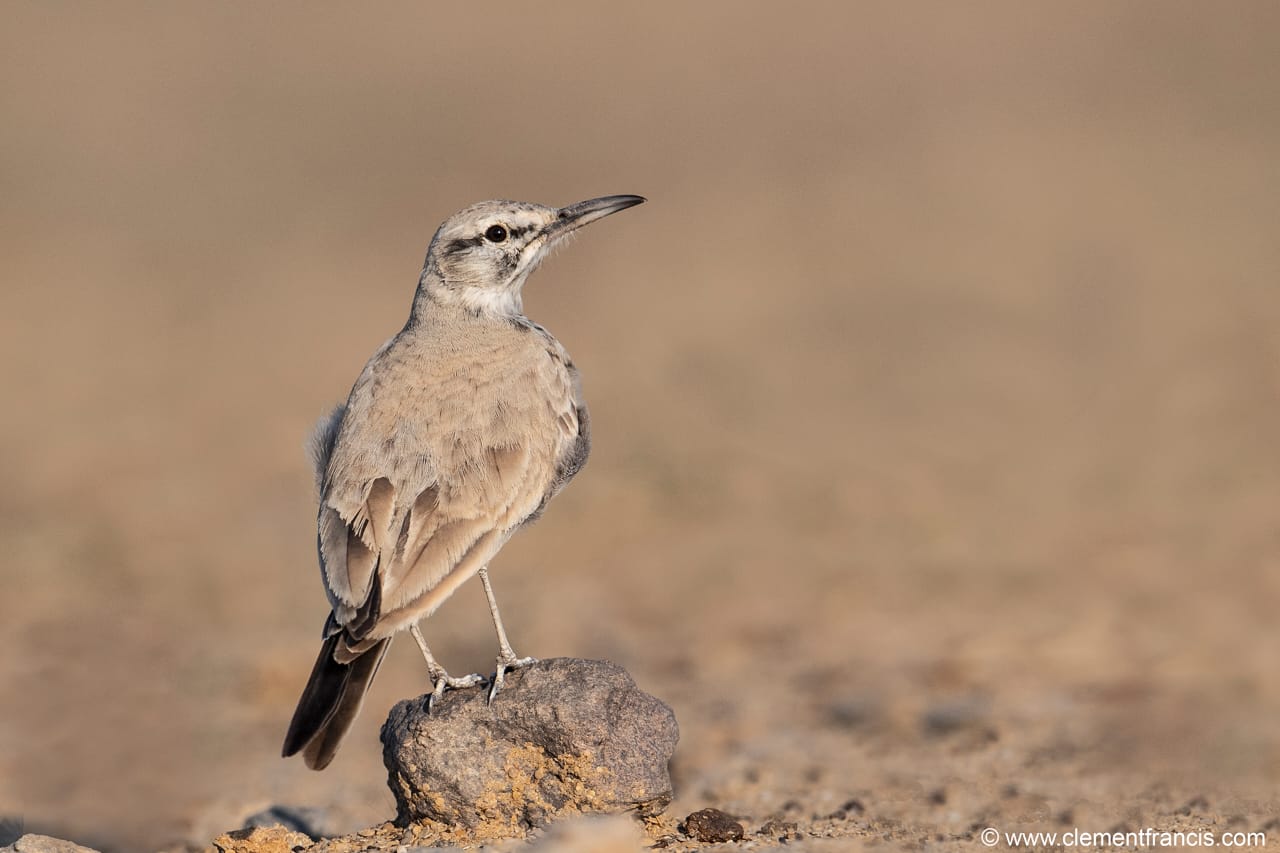
The common starling or European starling, also known simply as the starling in Great Britain and Ireland, is a medium-sized passerine bird in the starling family, Sturnidae. It is about 20 cm long and has glossy black plumage with a metallic sheen, which is speckled with white at some times of year.
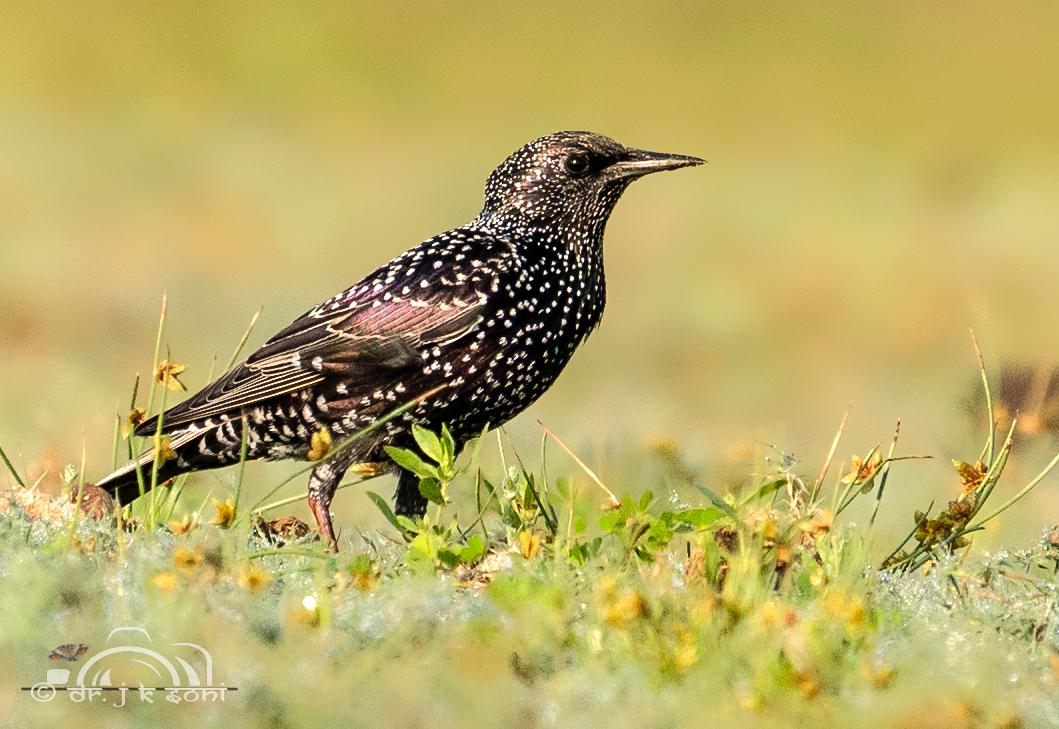
The eastern imperial eagle is a large bird of prey that breeds in southeastern Europe and extensively through West and Central Asia. Most populations are migratory and winter in northeastern Africa, the Middle East and South and East Asia.
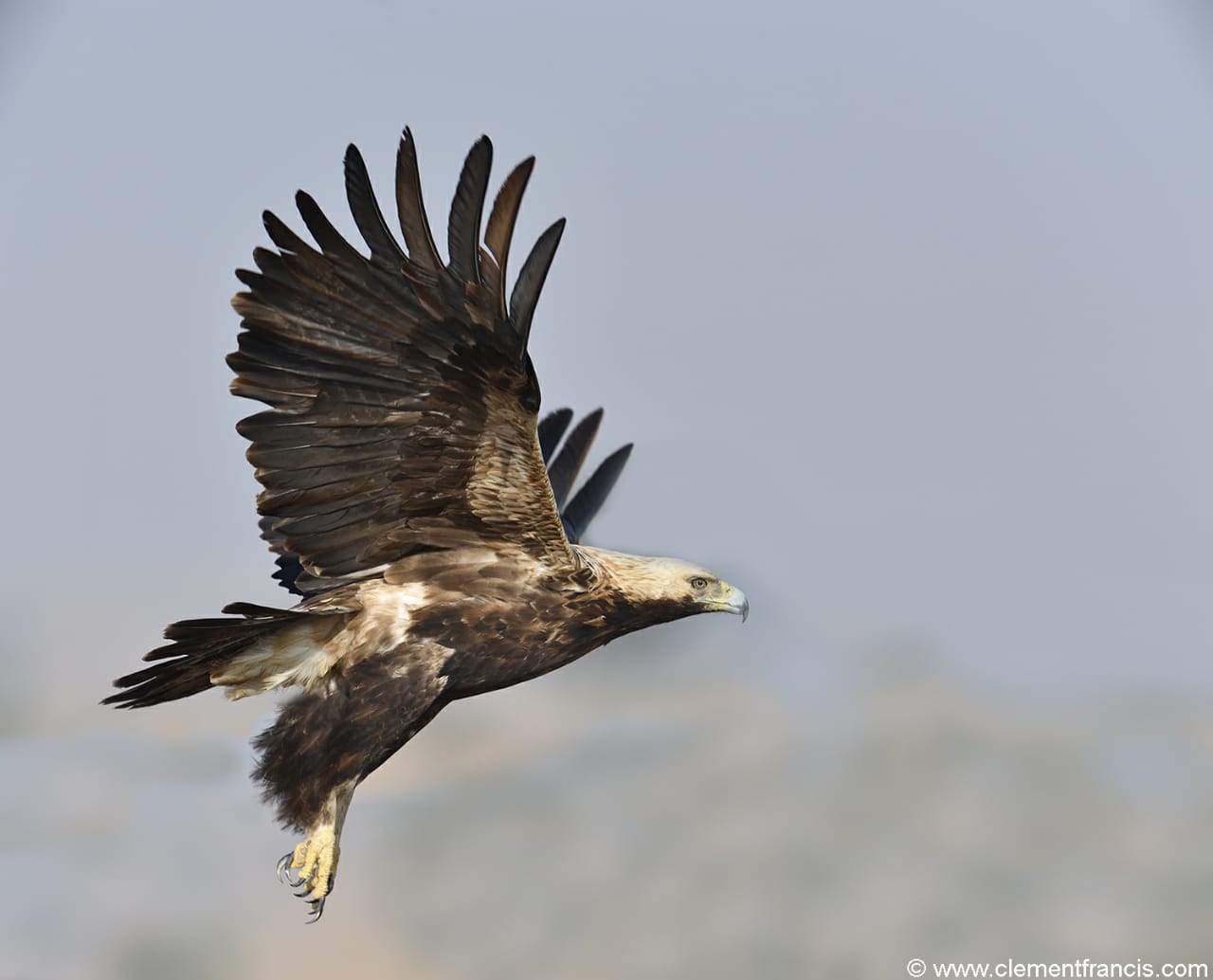
The Asian desert warbler is a typical warbler which breeds in the deserts of central and western Asia and the extreme east of Europe, and migrating to similar habitats in southwestern Asia and the far northeast of Africa in winter.
